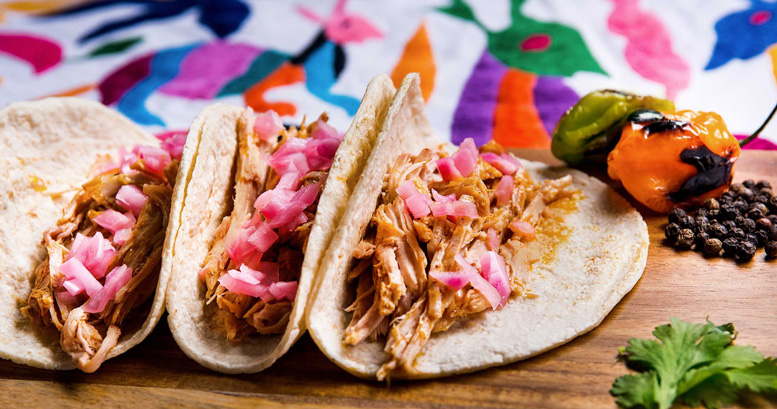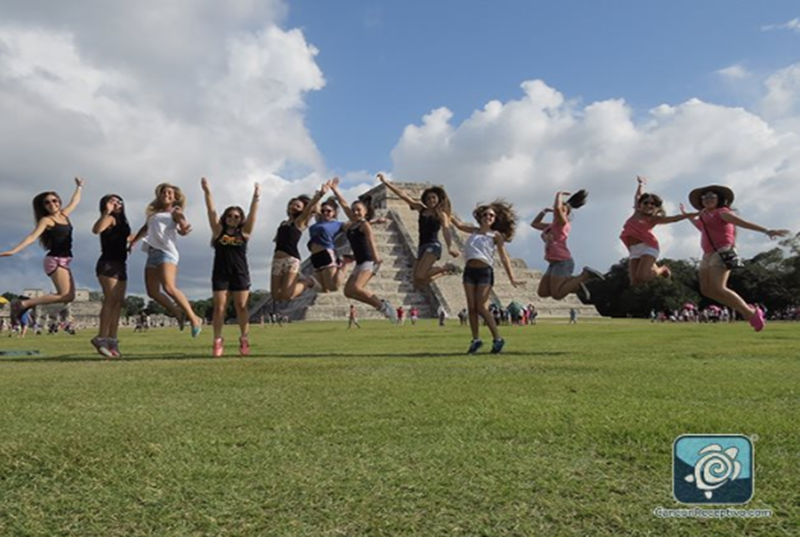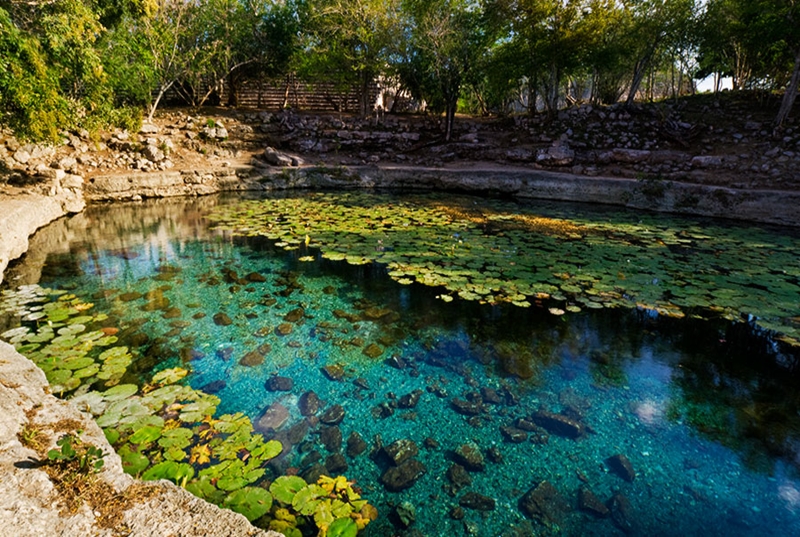Solo female traveler eating alone in Cancun?
What is the greatest barrier that prevents you from satisfying your desire to travel alone?
For many women, it's not about money, time, security issues, or feeling overwhelmed with the details of planning their trip.
If you're like a lot of people out there, you're afraid of feeling alone, and because you're afraid of feeling uncomfortable.
If you travel alone, you'll have to do things like solo dining Cancun, go to the museum alone, and participate in all kinds of activities you would normally do with a partner.

One of my greatest anxieties about traveling alone has always been mealtime. I suspect I am not alone in this. There is something about sitting alone in a restaurant that is strange and uncomfortable for most people.
Tips for overcoming loneliness while eating alone as a solo female traveler in Cancun
Use your phone or bring a book
Your smartphone can be your dinner companion if you're terrified of sitting at a table with no one to talk to. A book can also serve the same purpose. You can connect with friends or family, using this time to give them updates on your itinerary. This will make you feel less alone.
Talk to the service staff
Talk to your waiter: it's a good way to get to know the good maps of the city and its surroundings, as they work here, know the area very well and can give you advice
Enjoy your own company
During solo trips, you never have to eat alone unless you choose to. Eating alone should not be a problem for anyone, it gives you time to clear your mind, reflect, relax and enjoy moments of silence. You can enjoy your food quietly and enjoy your own company!
Don't eat alone
Try eating with strangers, feel free to ask someone to join your table. Meet people in hostels and tours and offer them to eat together.Just doesn't mean loneliness.
Choose casual food in the cafeteria or street food
Communal tables are good places to end a conversation with a local.Eat in the bar, it is easier to relate to others.
Typical food in Riviera Maya
Traditional food in Mexico varies significantly from region to region, which is a common trait among large countries with different climates and traditions. Food in the north is different from that in the south. The coastal areas have an abundance of seafood, while the central highlands specialize in other proteins. The dishes in Oaxaca are different from those in Yucatan. Virtually every state has its own version of mole and even the names of the same foods vary throughout the country.
History of Mexican Cuisine
Before the Spaniards arrived and conquered the Yucatan in the 16th century, Mayan food consisted of vegetables such as corn, pumpkin, red and black beans, chilies, tomatoes, yucca... Fish and seafood were abundant due to their location near the Gulf of Mexico and the Caribbean Sea. Turkey and iguana were popular meat dishes. Cocoa beans were used to make the Mayan chocolate drink and honey was used as a sweetener. Cocoa beans were also used as currency. The most important staple food in Mexico has always been corn. It is the basis for tortillas and cornstarch, which is a thickening agent made from corn
Mayan Religion and Food
Mayan food has played an important role throughout the centuries in the festivities of the Mayan religion such as the Day of the Dead, Christmas, Easter, weddings, funerals and births.
Mexican Cuisine has the honor of being included in the Intangible Cultural Heritage of Humanity by UNESCO.
One of the most important dishes of the Mayan cuisine is the mole poblano. Mole Poblano can contain up to 20 ingredients; chiles, spices, tomatillos, nuts, sugar, spices, thickeners with chocolate if used added at the end of the process. The sauce is used for meat dishes such as turkey, chicken, pork and lamb.
Typical Mexican food from the Yucatan Peninsula:
- Lima Soup - the Mayan soup of chicken and lemon topped with sparkling tortilla chips that is famous throughout the Yucatan Peninsula.
- Cochinita Pibil - slowly roasted pork marinated in a special blend of spices and achiote. And if you ask yourself, yes, the cochinita is normally eaten in tacos. As with most Yucatan specialties, you can also add pickled red onions and habanero chile, the region's signature.
- Poc Chuc - Pork marinated with spices, salt, onion and lemon juice
- Pollo Motuleño - a chicken dish made with orange juice, annatto (red paste Bixa tree seeds) and bananas.
- Tamales - cornmeal dumplings steamed into a banana leaf
- Relleno negro- cooked turkey with chili paste, vegetables and hard-boiled egg
- Escabeche Blanco- turkey or chicken simmered in a vinegar sauce
- Queso Relleno - the main ingredient of Stuffed Cheese is Edam Cheese with seasoned ground beef.
Yucatán Street Food:
There are many types of Mexican tacos available as street food: chicken, pork, beef, beans and cheese.
- Pambazos - a type of bread filled with spicy potatoes and chorizo
- Quesadillas - a flour tortilla filled with cheese, grilled and to which you can add beef, chicken or vegetables.
- Torta - roll stuffed with meat and beans
- Empanadas - a dough filled with meat, cheese and vegetables.
- Burritos - a tortilla filled with beef or chicken with cheese and beans








